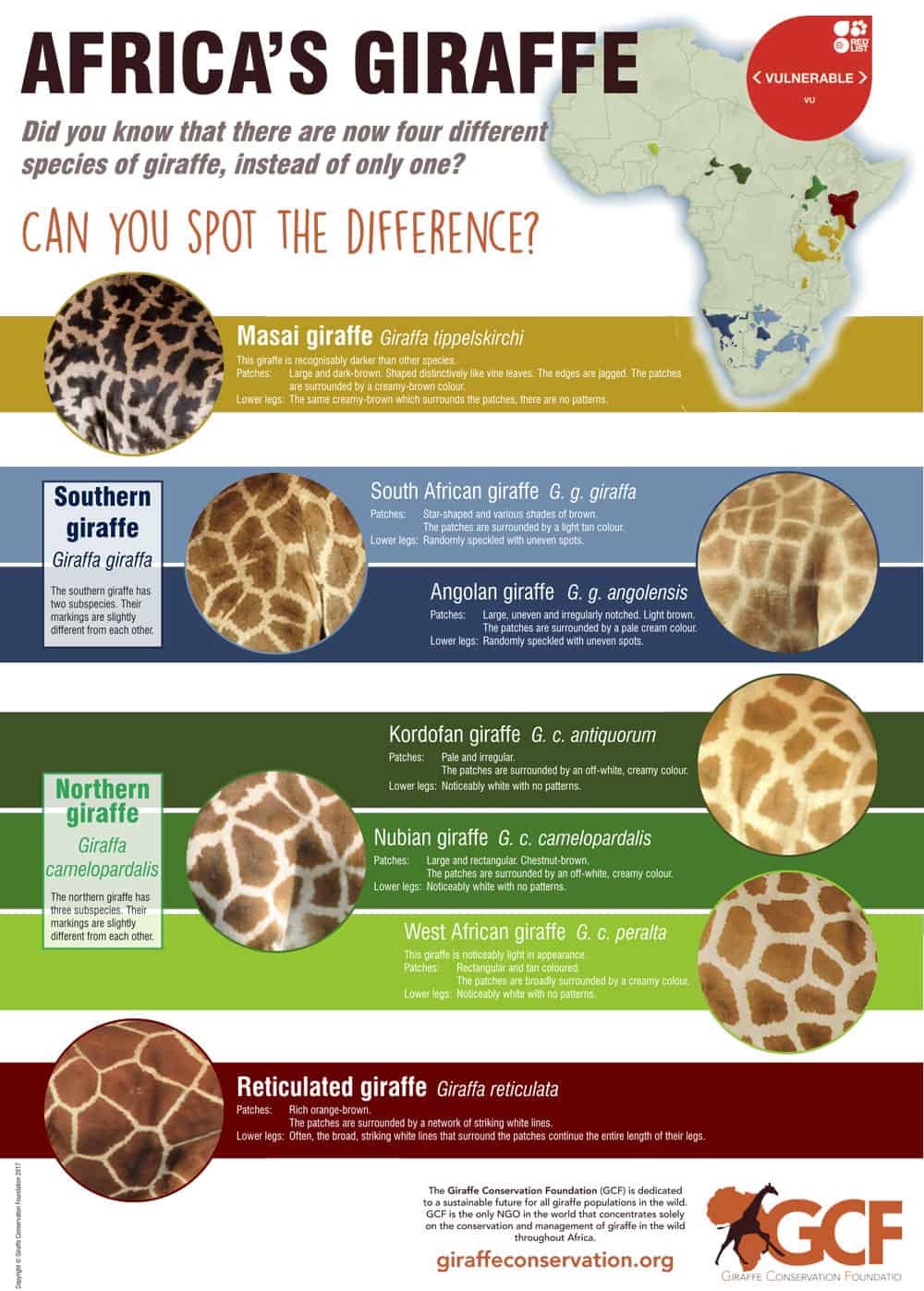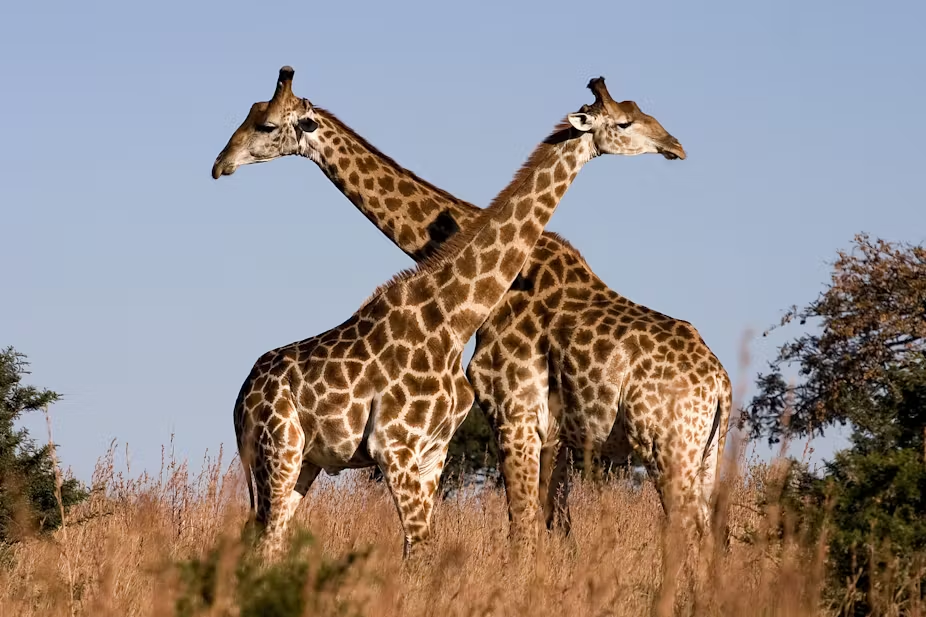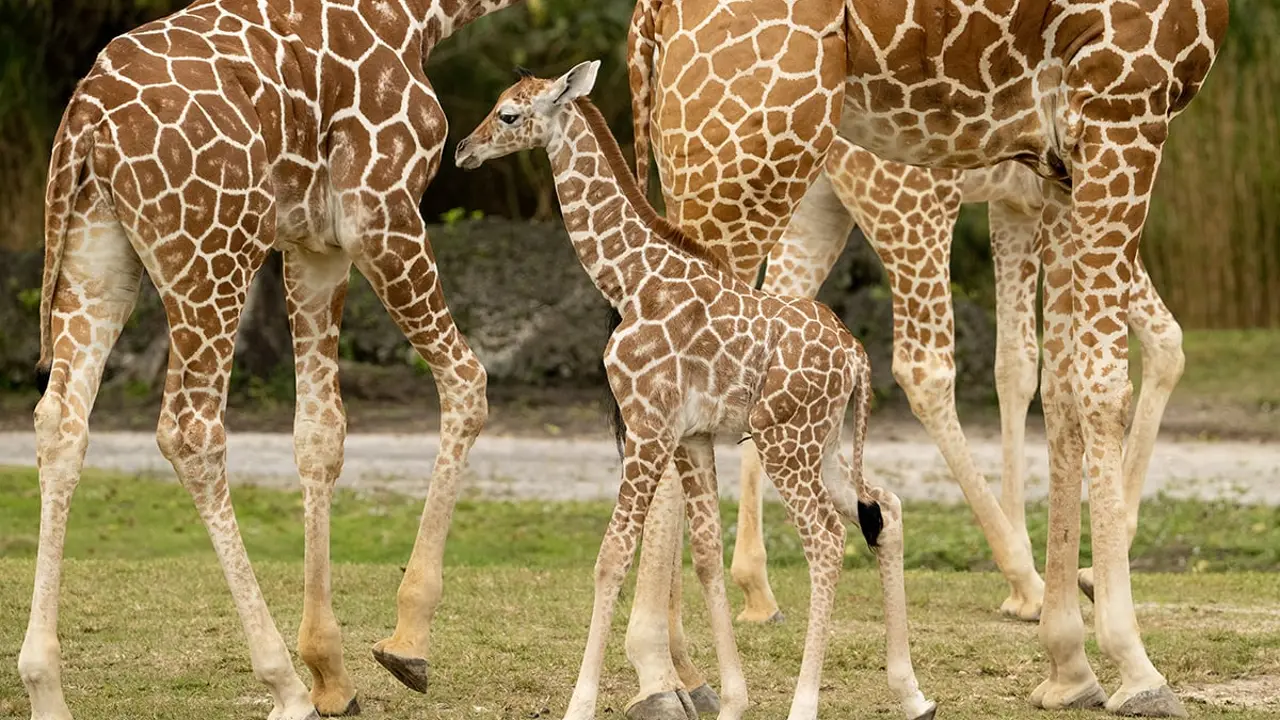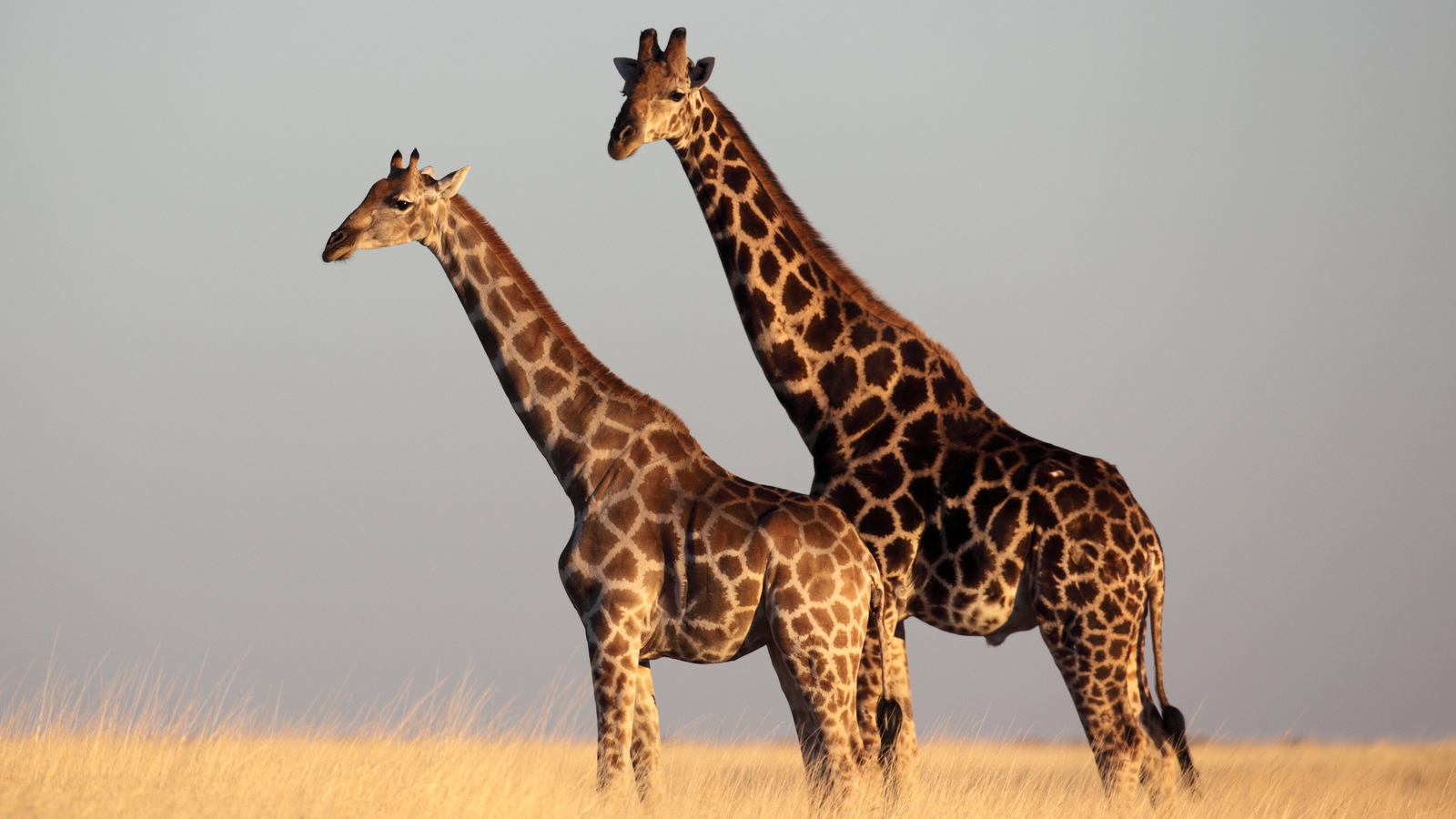Giraffes possess several remarkable physical adaptations that enable them to thrive in their environment. Their long necks, for instance, allow them to reach high foliage that other herbivores cannot access, giving them a competitive advantage for food. Additionally, their unique cardiovascular system includes a powerful heart and specialized blood vessels that prevent blood rushing to their heads when they bend down to drink water or raise their heads after grazing.


Giraffes exhibit complex social structures, forming loose-knit groups called towers. Within these towers, individuals engage in various social behaviors such as grooming, play, and communication through vocalizations and body language. Female giraffes typically form stable social bonds, while male giraffes engage in more transient relationships and sometimes engage in necking battles to establish dominance or mating rights.

Despite their iconic status, giraffes face significant threats in the wild. Habitat loss due to human encroachment, poaching for their meat, hide, and tail hair, as well as civil unrest in some regions of Africa, are primary concerns. Giraffe populations have experienced a significant decline in recent decades, leading to their classification as vulnerable to extinction by the International Union for Conservation of Nature (IUCN). Conservation efforts focus on habitat protection, anti-poaching measures, and community-based initiatives to mitigate human-wildlife conflict and promote coexistence.

<---Click here to learn more about Giraffe's species